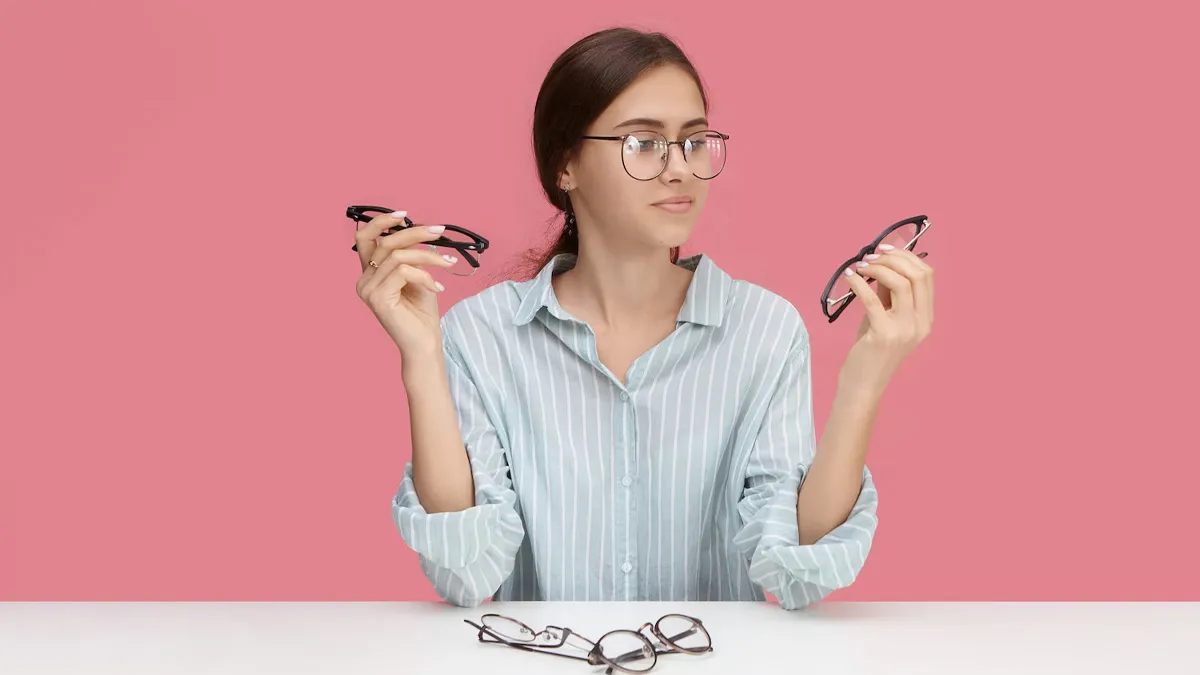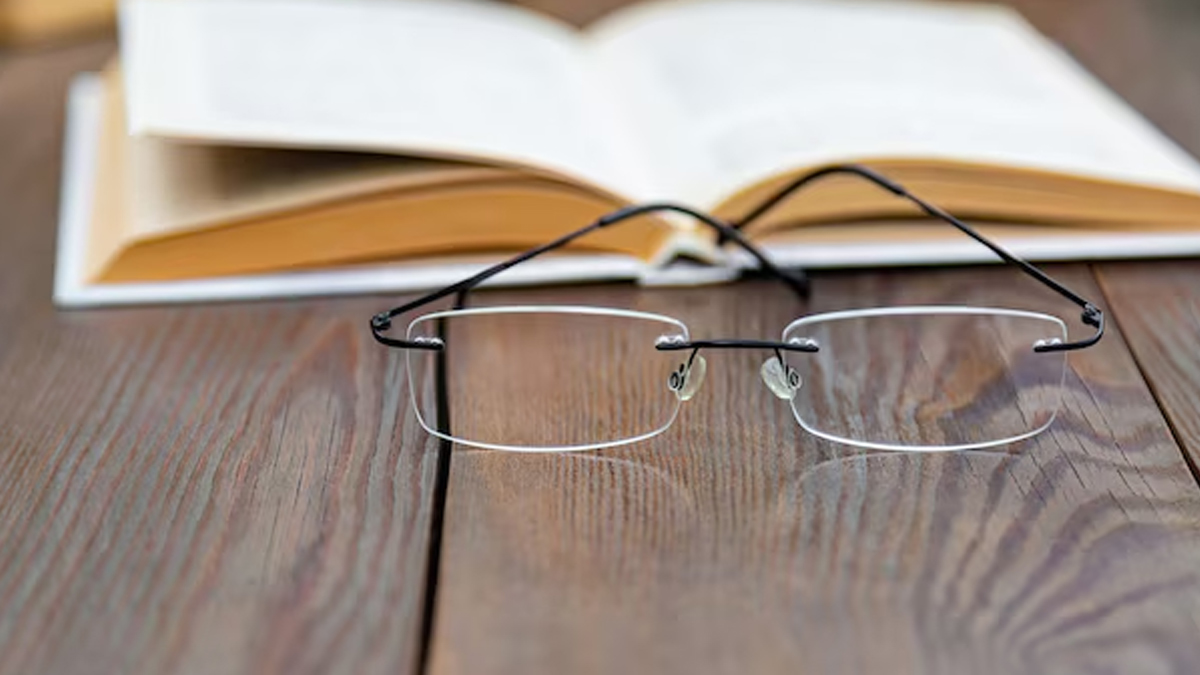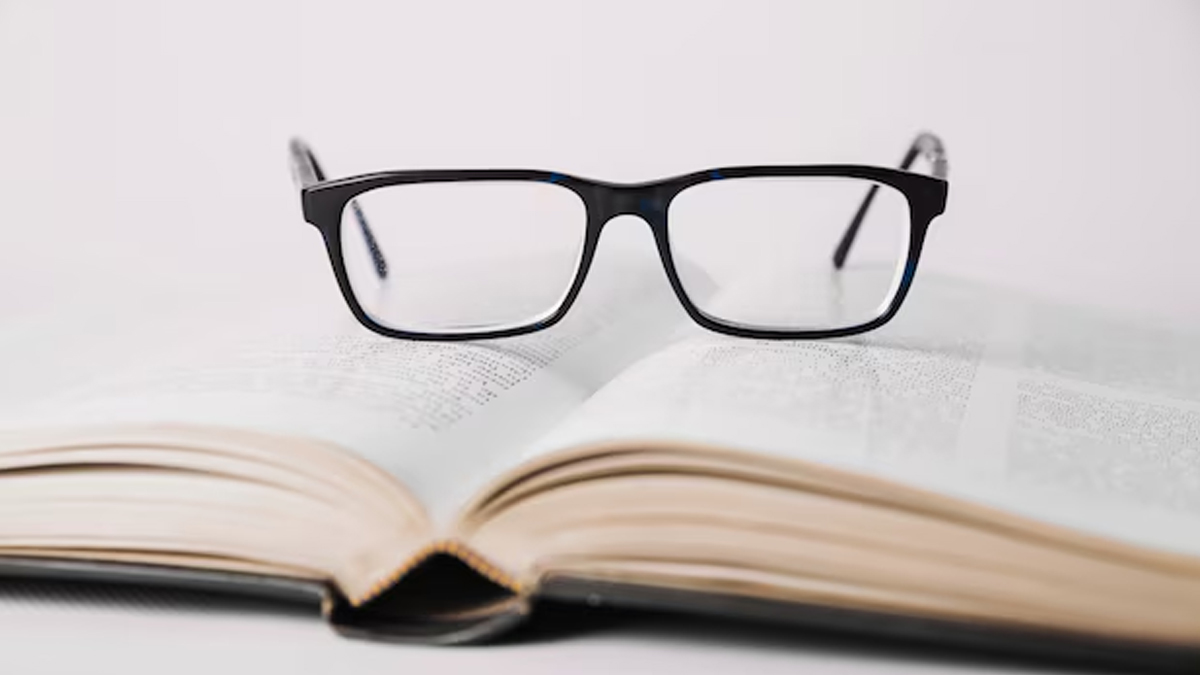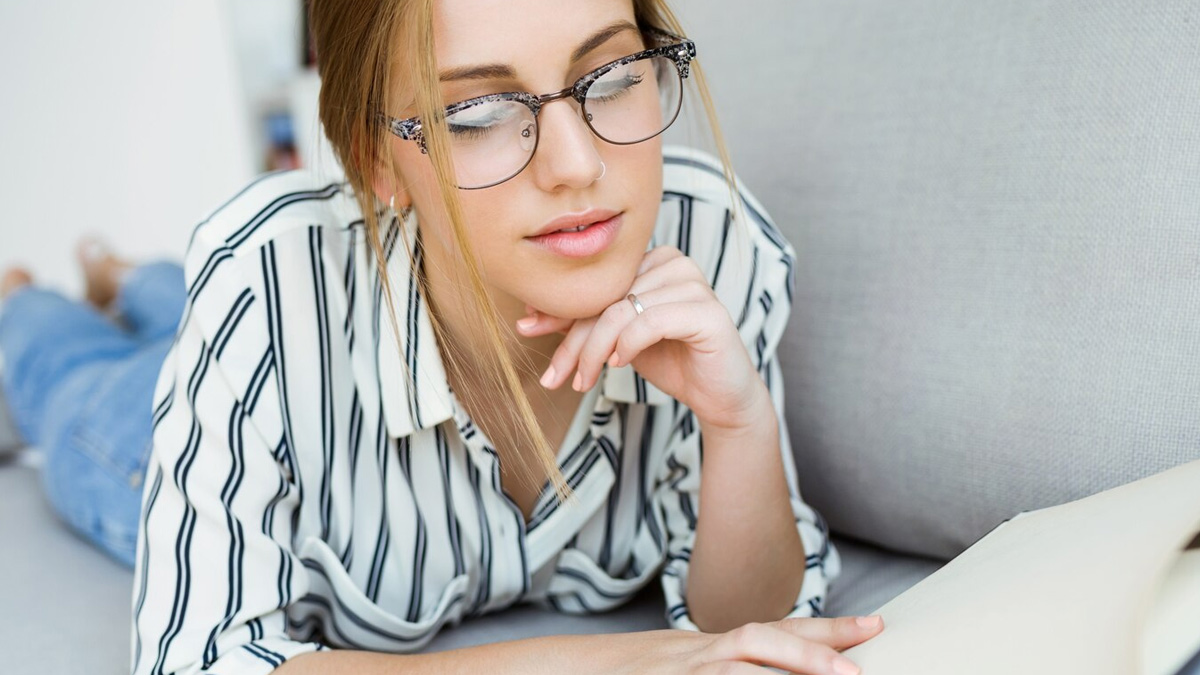
Reading glasses make the eyes focus better on near objects and decrease eye strain, particularly in individuals suffering from presbyopia, a normal, age-related condition that makes it difficult to read close objects. Presbyopia can be corrected with reading glasses, contact lenses, or even surgery.
Table of Content:-
But how do you know when it's time to begin wearing reading glasses? And when should you consider them? Dr Jitendra Jethani, MS, DO, DNB, FNB, FAICO, and Managing Director, Baroda Children Eye Care and Squint Clinic, Vadodara, sheds light on the same.
Also Read: Over 8 Hours of Screen Time? Try Netra Shuddhi – Ayurvedic Tips for Eye Care by Experts
At What Age Do Most People Need Reading Glasses?

“Most people need reading glasses between the ages of 40 and 45,” says Dr Jethani.
He explains, “As we age, the lenses in our eyes become less flexible, making it harder to focus on close objects. This condition is called presbyopia, and it affects nearly everyone as they age. Many notice that small print is hard to read or must hold objects farther away to see them. Reading glasses can help reduce eye strain and make everyday tasks like reading books or newspapers and work activities such as sewing, crafting, or using a smartphone more comfortable.”
According to StatPearls Publishing, presbyopia usually begins around age 40, affecting people in their most productive years. Yet many go without the reading glasses they need, often due to lack of awareness or affordability, especially in developing countries.
Even in wealthier nations, a surprising number don’t use corrective lenses, the research suggests, sharing that studies show that in the United States, over 13% had near vision issues, and in Australia, up to 35% of Indigenous people were affected by poor near vision.
Early Signs That Indicate You Need Reading Glasses

Early signs that indicate you may need reading glasses include:
- Difficulty reading small print, especially in low light
- The necessity to hold reading materials further away
- Frequent headaches
- Tired eyes after close-up work
- Blurry vision when reading or doing detailed tasks
- Regular lighting feels insufficient for reading
- The need to strain eyes
How Lifestyle Habits Impact Vision And Eye Health
According to Dr Jethani, lifestyle habits have a substantial impact on eye health. “Spending long hours in front of screens without taking breaks, working in poor lighting, smoking, lack of sleep, and an unhealthy diet can all contribute to eye strain and accelerate vision loss.”
“Effectively following the 20-20-20 rule (looking 20 feet away for 20 seconds every 20 minutes), eating nutrient-rich foods, staying hydrated, exercising regularly, and wearing protective eyewear will help in maintaining healthy eyes,” the doctor advises, adding that proper lighting and regular rest periods are essential in reducing the risk of long-term eye damage caused by daily habits.
Importance Of Regular Eye Check-Ups

More than anything else, it is crucial that adults get a thorough eye examination at least once every two years if they have normal health.
Once they reach the age of 60 or if any medical condition like diabetes, hypertension, thyroid issues, etc., exists, it is recommended to have more frequent eye checkups, as the risk of developing conditions such as cataracts, glaucoma, and retinal lesions increases, says Dr Jethani.
According to the doctor, regular vision tests help detect problems early, often before symptoms become noticeable.
Conclusion
Reading glasses are an easy, yet effective accessory to cope with age-related eye changes such as presbyopia. Although symptoms often start at around their 40s, do not underestimate the signs, such as strain on the eyes or holding reading stuff at arm's length. Lifestyles, exposure to screens, and underlying ailments can also damage eyes over the years. Remember, routine eye exams, protective glasses, and prompt treatment can maintain vision and enhance quality of life.
Also watch this video
How we keep this article up to date:
We work with experts and keep a close eye on the latest in health and wellness. Whenever there is a new research or helpful information, we update our articles with accurate and useful advice.
Current Version